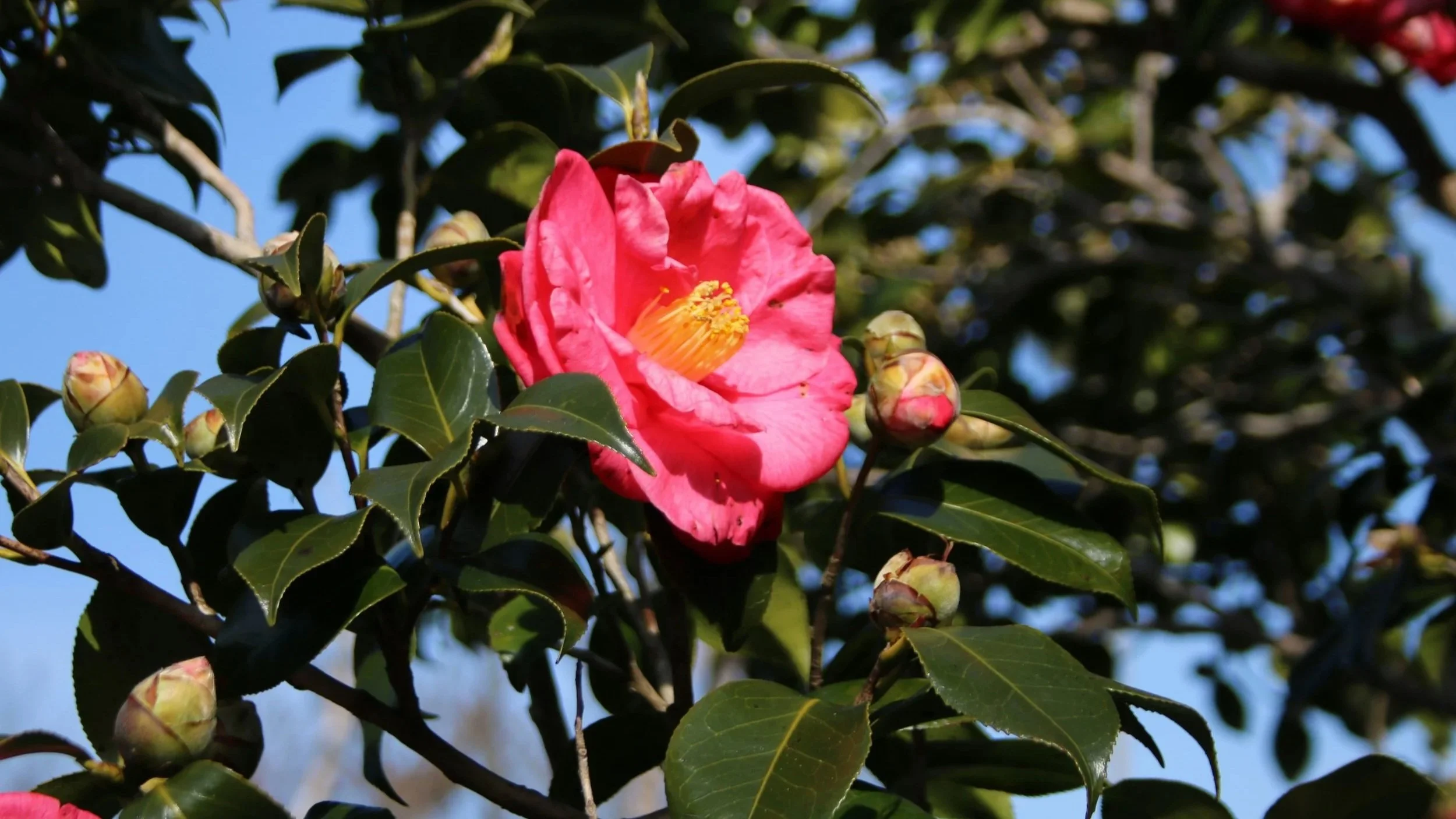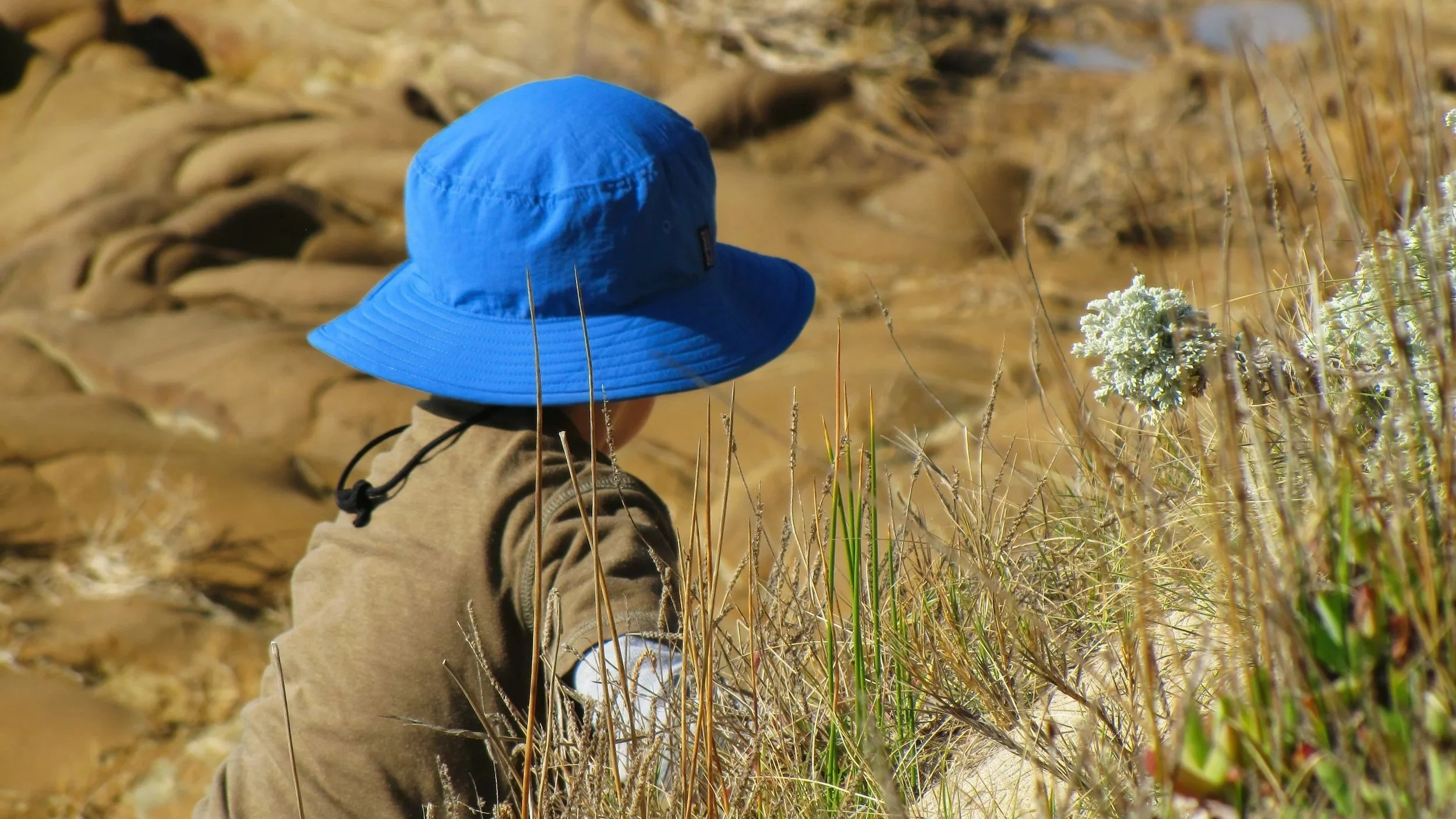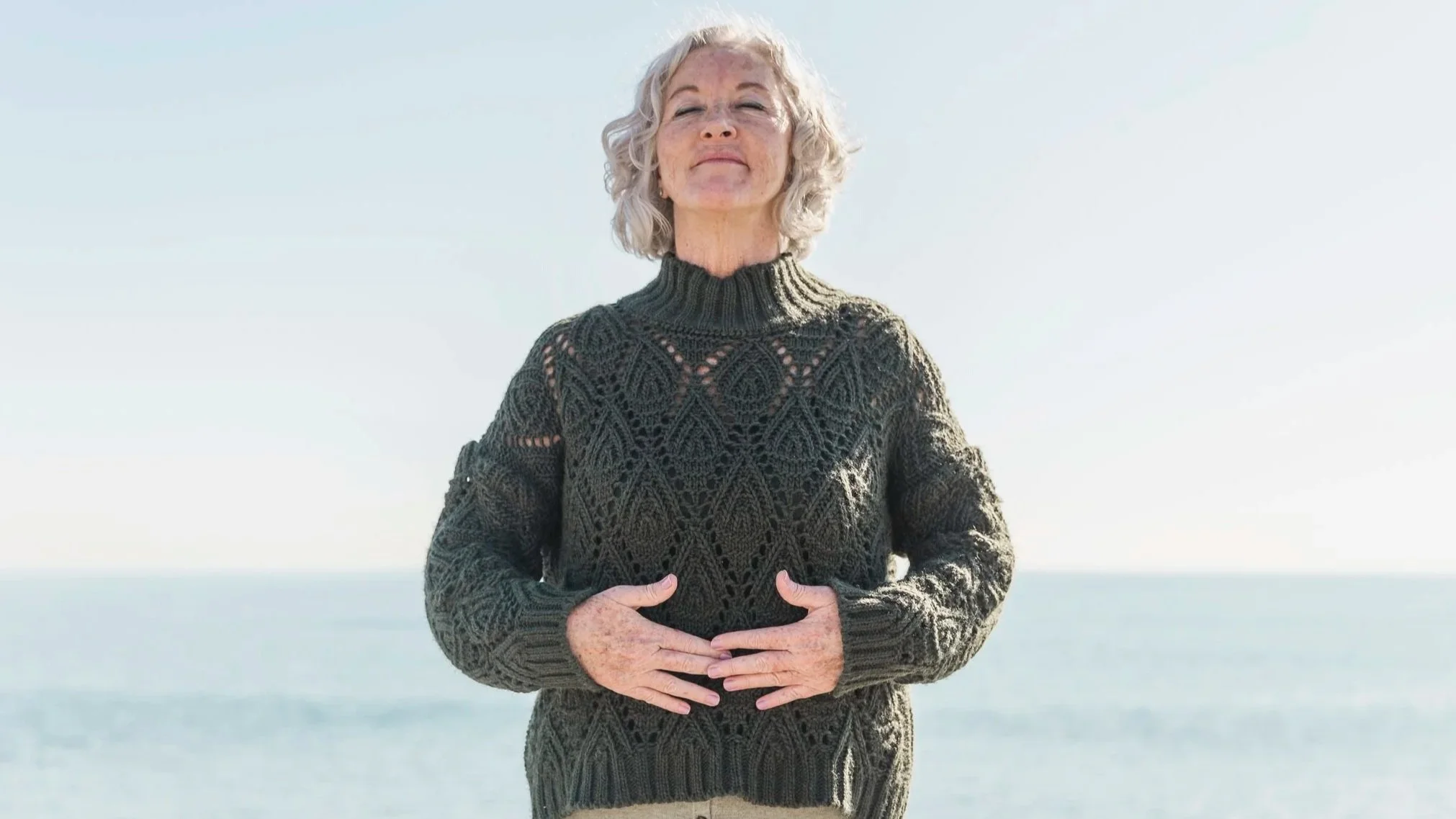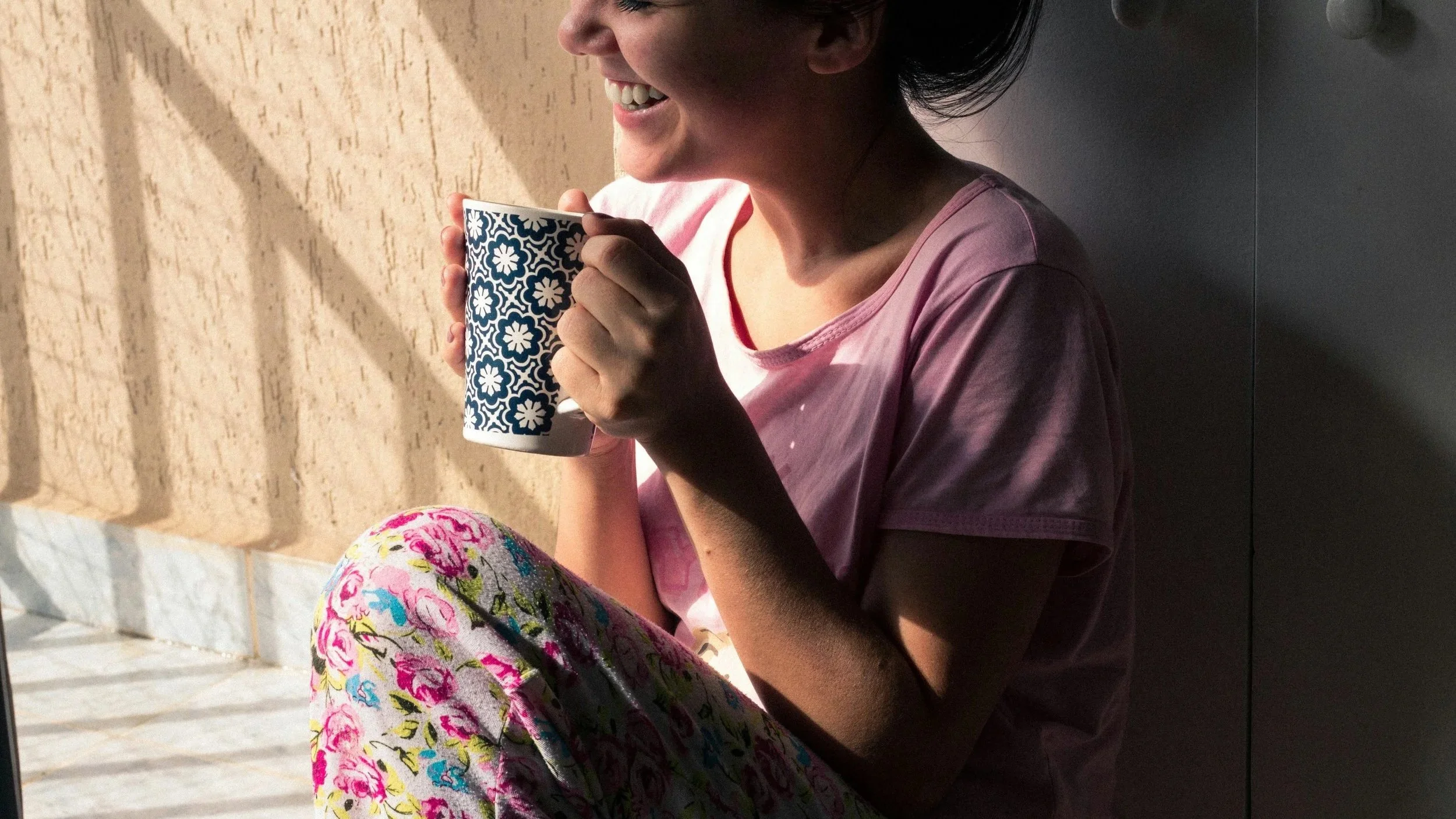Scientists Develop Cooling Sunscreen from Flower Pollen That Protects Coral Reefs
Conventional sunscreen protects the skin but can cause problems for the ocean. Now, a research team has developed a sunscreen made from pollen that is cooling and eco-friendly.
We love the sun, and for good reason. It warms us, makes nature blossom, lifts our mood, energizes us, and helps our bodies produce vitamin D. But sometimes we love the sun so much that our skin turns bright red. Sunburn, however, is no love letter, it’s a warning sign. Cells and DNA suffer damage, and the risk of skin cancer and premature aging increases.
Sun protection remains crucial, even if the ozone hole is shrinking. And this is where an innovation enters the stage that sounds like a summer fairy tale: sunscreen made from pollen. A study on the topic has now been published in the journal Advanced Functional Materials.
Pollen Sunscreen: How Blossoms Become Sun Protection
A team at Nanyang Technological University (NTU) in Singapore has developed the world’s first sunscreen made from pollen, specifically, from camellia flowers. The researchers first removed the inner contents of the pollen grains. The robust shell, known as sporopollenin, was then transformed into a transparent gel. This gel blocks UV rays as effectively as conventional sunscreens containing titanium dioxide or zinc oxide. The sun protection factor (SPF) is reported to be 30+, blocking about 97 percent of UV radiation.
According to the research team, the pollen sunscreen can be applied like a light gel. Instead of being grainy or sticky, it spreads smoothly, is easy to apply in a thin layer, and remains transparent. And it offers a bonus: it cools the skin. In tests, skin treated with the pollen sunscreen stayed up to 5°C cooler than skin with normal sunscreen, for as long as 20 minutes. The cooling effect is attributed to the natural properties of the pollen.
The sunscreen is made from camellias and has an SPF of 30.
For allergy sufferers, there’s more good news. Camellia pollen is considered non-allergenic because the plant is self-pollinating. That makes the cream more skin-friendly than one might expect from the word “pollen.” The team also tested sunflower pollen, but camellia proved superior.
Protection for Oceans and Coral
As promising as this sounds, it gets even better: pollen sunscreen is also safer for the environment. Scientific estimates suggest that up to 14,000 tons of sunscreen wash into the oceans every year. Chemical filters and other particles are particularly harmful to coral reefs.
In lab tests, conventional sunscreens led to coral bleaching within just a few days. While the effect in the ocean is less concentrated, the damage is still clear. In contrast, pollen sunscreen showed no harmful effects on corals, even after 60 days.
Today, swimmers face a difficult choice: either protect their skin and harm the ocean, or protect the ocean and risk sunburn. The plant-based camellia sunscreen could resolve this dilemma and make swimming more sustainable.
Mineral Sunscreens Still the Best Choice — for Now
Mineral sunscreens are already a more eco-friendly option than chemical ones. These “physical” sunscreens with titanium dioxide or zinc oxide, however, have their drawbacks. To avoid the “white cast,” they are often reduced to nanoparticles — which may harm aquatic life. Some products also contain silicones or preservatives.
That’s why natural cosmetics without nanoparticles or additives are recommended. These may leave a whitish layer and be harder to spread, but they are safer, skin-friendly, and more environmentally sound. They are rated as having “moderate degradability” — not instant, but much faster than chemical sunscreens. A good tip when buying: look for the label “reef safe” on the packaging.
Sunscreen, UV Index, and Smart Sun Habits
Until pollen-based sunscreens are available, mineral sun protection remains the best choice. A key advantage: the protection works immediately, unlike chemical sunscreens, which take about 30 minutes to activate. Reapplication is always necessary, especially after swimming.
For serious sun protection, the World Health Organization (WHO) advises avoiding peak sunlight around midday. Apps and websites provide real-time UV index information. From UV index 3 and above, sunscreen is recommended.
Sunglasses, a hat, and ideally long-sleeved clothing: especially young children should be well-protected from UV radiation.
Along with sunscreen, sunglasses, hats, and light long-sleeved clothing are part of good summer protection, especially for young children. One of the most dangerous myths is that clouds protect against UV radiation. In fact, most UV rays penetrate clouds, making sunscreen just as necessary.
Pollen Sunscreen Still Years Away
The good news: the pollen sunscreen could make sun protection more pleasant in the near future. The less good news: it will likely take several more years before it hits the market. The Singapore team has patented the technology and is now seeking industry partners. More tests, regulatory approvals, and production facilities will be needed.
Too early for next summer, but the direction is clear. A sustainable sunscreen that protects both humans and nature is on the horizon. And the cooling effect would be a welcome bonus in a warming world.
Sources
Advanced Functional Materials: Nature’s Guard: UV Filter from Pollen
Nanyang Technological University (Singapore): Scientists develop coral safe cooling sunscreen from pollen
NOAA: Skincare Chemicals and Coral Reefs
Analytical Chemistry: Metabolomics Reveal That Octocrylene Accumulates in Pocillopora damicornis Tissues as Fatty Acid Conjugates and Triggers Coral Cell Mitochondrial Dysfunction
Mayo Clinic: How to pick out the best sunscreen for you — Including ingredients to look out for
World Health Organization (WHO): Protecting against skin cancer
Get your weekly dose of good news every Wednesday morning. We'll send you all the new Happy Spot articles with quick summaries, along with the week's top headlines featuring good news worth reading.
TRENDING ARTICLES










